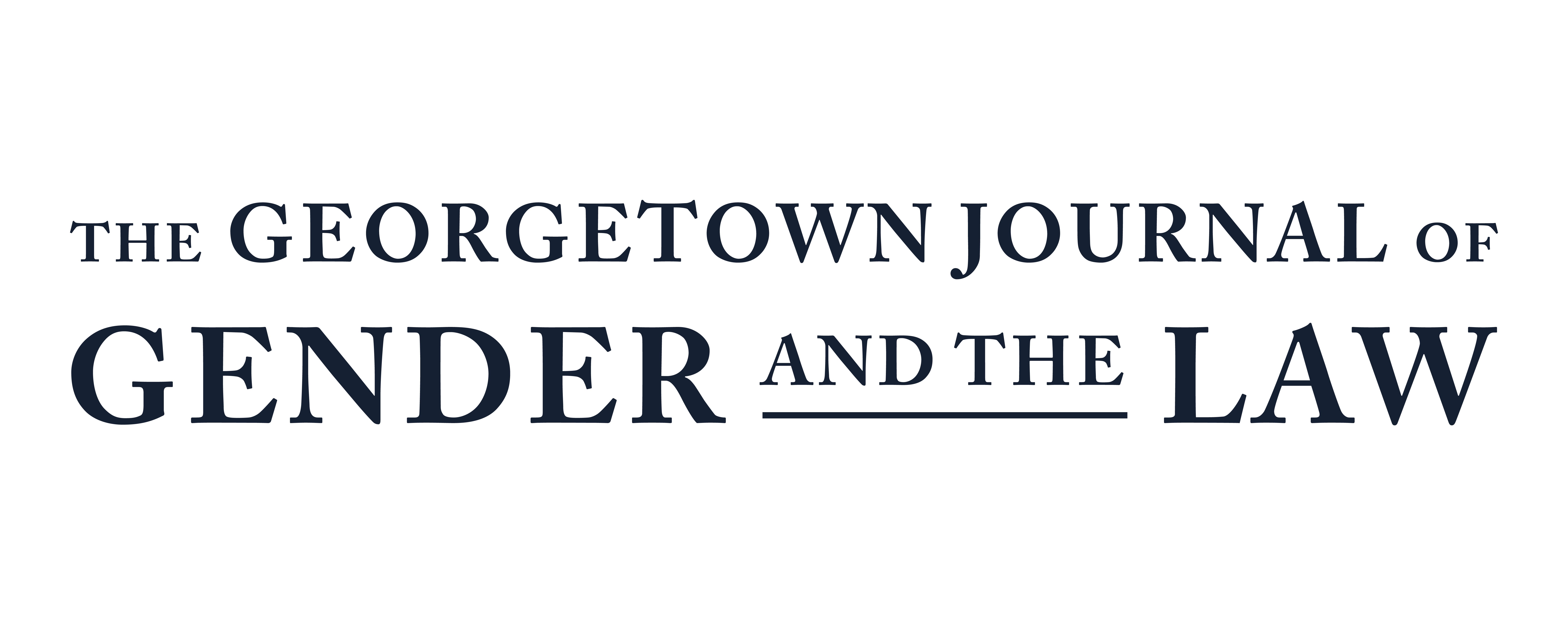(Un)Forgetting Latinas in American Prisons: Addressing Rising Numbers and Reduction Strategies
In late 2023, former President Donald Trump posted on his website, Truth Social, that “illegal immigration is poisoning the blood of our nation. They’re coming from prisons, from mental institutions– from all over the world.” In fact, this bias against immigrants extends beyond the executive levels of government. Specifically, the American criminal justice system and law enforcement agencies are plagued by similar biases. For example, Latine immigrants and communities are often unfairly and disproportionately targeted, resulting in a self-perpetuating cycle of prejudice.
There is a significant data gap concerning Latino offenders, and it is even more pronounced for Latina offenders. Paradoxically, Latinas account for a substantial number, with “more than one million women behind bars or under the control of the criminal justice system, women are the fastest-growing segment of the incarcerated population in the United States, increasing at nearly double the rate of men since 1985.” Contextualizing limited data compiled by civil rights organizations on Latinas, studies concerning incarcerated women, and trends within Latino communities, this scholarship identifies the causes of Latina incarceration and the reasons for the rising numbers. Additionally, it will suggest strategies to prevent incarceration among Latinas and to reduce the existing numbers of those incarcerated.
Ultimately, this note posits that the phenomena of Latina incarceration may predominantly be attributed to a trinity of core, causative factors: the rigidity of traditional gender roles, the dearth of employment opportunities, and the prevalence of violent and traumatic experiences. This troubling combination is intensified by an acute insufficiency of related data, criminal law reforms that affect Latina women disproportionately over Latino men, substance abuse, and a correctional paradigm that persists in employing a monolithic approach. These factors are particularly detrimental to the subset of incarcerated Latina juveniles.
To address and curtail the burgeoning rates of Latina incarceration, this note advocates for the implementation of a four-pronged framework. The first prong demands that law enforcement and the criminal justice system collect accurate and up-to-date data on Latina women. Data collection must employ precise definitions while simultaneously engaging deeply with community networks to raise awareness of available community support and rehabilitation programs for Latinas suffering from, and survivors of, abuse perpetrated by spouses and romantic partners, also known as intimate partner violence (“IPV”). Second, specific efforts must be made to reduce the detention of Latina girls, which will also reduce the likelihood of future, and potentially more severe, run-ins with the law. Third, authorities should proactively reevaluate the sentences of all Latinas currently incarcerated, especially young offenders, in accordance with the 2023 Retroactive Guideline Amendments (“RGA”) approved by the U.S. Sentencing Commission which expanded the number of grounds for compassionate release. Fourth, it is essential to strengthen both prevention and rehabilitation programs for Latinas, with an emphasis on preventing recidivism. A holistic approach has the potential to reduce both the likelihood of incarceration and the current rates of incarceration among Latinas.
Subscribe to GJGL
